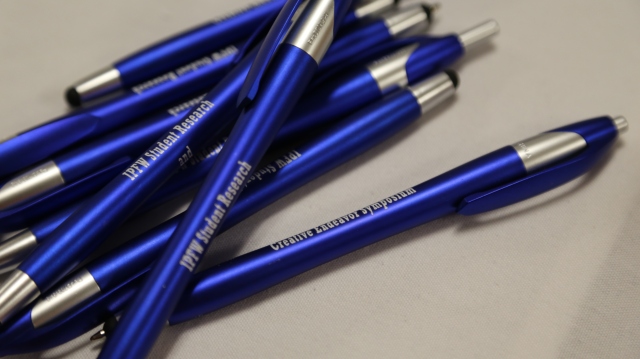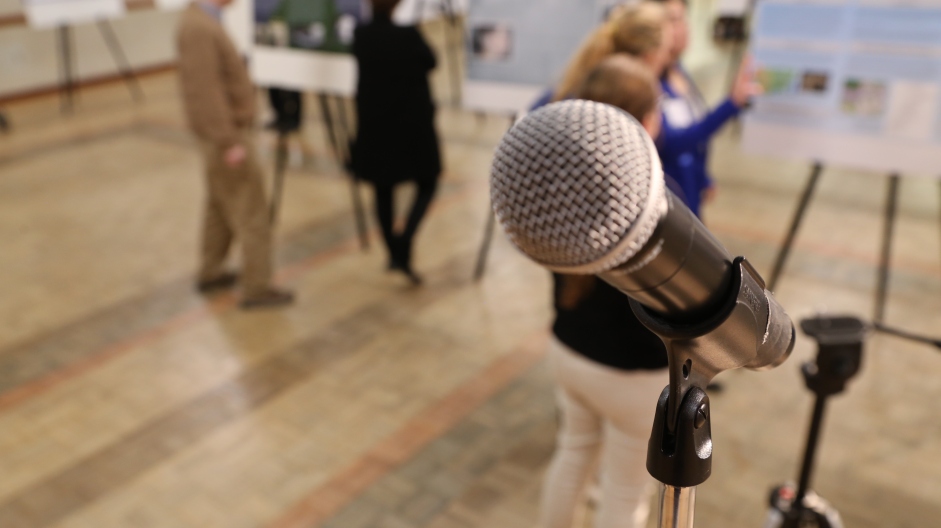
On a Wednesday, March 29, 125 IPFW students prepared for a presentation they had one chance at.
The mixture of undergraduate and graduate scholars lined the Walb Classic Ballroom, standing next to various poster boards.
Judges assessed the work of each student’s presentation and their poster’s content and appeal, as the 2017 Student Research and Creative Endeavor symposium got underway.
This year, student and faculty participants have noticed how the educational conference continues to change.
Biology student Patrick Selig entered the competition for his third year in a row. He said he noticed an increasing number of the undergraduate students had entered, especially seniors.
According to IPFW symposium participation data, 71 students participated in 2014 which increased to 127 in 2016.
Before participation could thrive, former Dean of the Helmke Library said the format needed adjustment.

Cheryl Truesdell said the event’s structure evolved because it drew less interest.
In 2013, she said the Symposium Planning Committee decided to go from paper to poster presentation, in order to regain attendance and spark curiosity.
Truesdell said the committee focused their attention on drawing more majors beyond the usual suspects of psychology, biology and physics.

According to IPFW statistics, students from those departments participate most often, compared to other majors.
Data shows that biology has increased in number of student presenters each year, while consistently placing in both the graduate and undergraduate levels since 2013.
This time around, the reports show that more arts and humanities departments joined the symposium than in past years.
BreAnne Briskey also participated, her third year in a row, and represented the history department.
She said during her first year, she could tell they were pushing for arts and humanities to get more involved in the symposium. Now, she is glad they did.
“It’s important to acknowledge the creative aspect of human nature, and to just embrace the humanities,” Briskey said.
Now that posters are required, Truesdell said the score given to the students is also based on their visual display, not just their research and presenting it.
John Nicklin, head of the Studio M computer lab, said he assisted with posters helping those familiar with the process of crafting one, and those who are not.
He said majors outside of the arts are less likely to be experienced with the graphic design programs needed to create appealing posters. But students in visual arts tend to know those applications.
Briskey said since posters are visual and condensed, people unfamiliar with the research can understand it easily.
Now she said she can’t see the symposium being held any other way, and plans on attending next year.
“At the end of the day it’s great,” Briskey said. “You get to meet people, you get to talk about something you’re passionate about, you get a great experience.”

